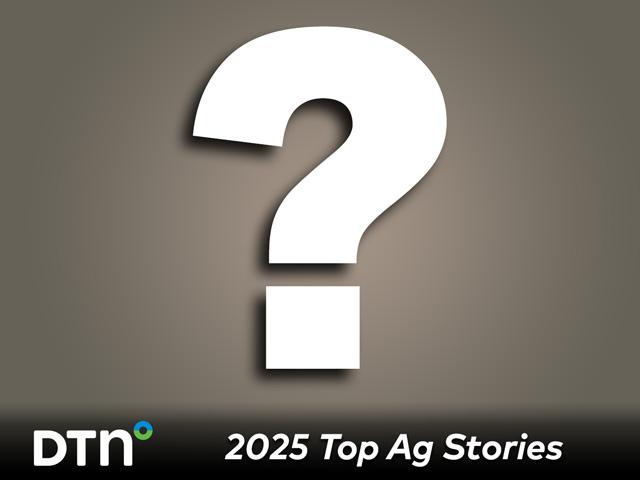USDA March 1 Cattle on Feed Report
March 1 Cattle on Feed Up 1%
OMAHA (DTN) -- Cattle and calves on feed for the slaughter market in the United States for feedlots with capacity of 1,000 or more head totaled 12.2 million head on March 1, 2022. The inventory was 1% above March 1, 2021. This is the highest March 1 inventory since the series began in 1996, USDA NASS reported on Friday.
Placements in feedlots during February totaled 1.85 million head, 9% above 2021. Net placements were 1.79 million head. During February, placements of cattle and calves weighing less than 600 pounds were 360,000 head, 600-699 pounds were 325,000 head, 700-799 pounds were 505,000 head, 800-899 pounds were 468,000 head, 900-999 pounds were 135,000 head, and 1,000 pounds and greater were 55,000 head.
Marketings of fed cattle during February totaled 1.83 million head, 5% above 2021.
P[L1] D[0x0] M[300x250] OOP[F] ADUNIT[] T[]
Other disappearance totaled 59,000 head during February, 2% above 2021.
DTN ANALYSIS
"In most scenarios of life, the saying, 'There's more than one way to skin a cat" is often true, but in getting your mind wrapped around Friday's Cattle on Feed data, and specially the placement data, you've got to understand two very important things: what took place in February 2021 and how drought affects marketing strategies," said DTN Livestock Analyst ShayLe Stewart.
"Before jumping into the specifics of the data, we need to fully understand how a 9% jump in placements is even possible with a cowherd that's been liquidated at unprecedented speeds. February 2021 was when the ice storm blew through the southern half of the U.S. and shut down ordinary business for close to two weeks. During that time span, there were many sale barns in the South that couldn't host regular sales, and those that were able to, saw a dip in receipts, as getting trucks to and from the sale barn wasn't easy. Nevertheless, the dip in sale receipts also affected feedlot placements, which is what the February 2022 data is being compared to. Secondly, the drought that much of the U.S. is enduring continues to push feeder cattle from ranches and into feedlots. Whether it be because of a lack of feed or the fact that feed costs are astronomical, ranchers have been and are having to liquated cattle that they would usually roll over into the spring because of how this drought has pressured their bottom line.
"When comparing specifically the February 2021 placements to the February 2022 placements, there wasn't one weight group of feeders that didn't see an increase year over year. But when comparing the January 2022 data to that of the February 2022 data, in February 2022, the market saw an increase in feeders weighing 800 to 899 pounds (up 54,000 head) and then again in feeders weighing 900 to 955 pounds (up 30,000 head).
"In trying to understand how this data could affect the market in the weeks and months to come, it's important to note that the biggest month-over-month placements were in feeders who aren't far from their end days. With total-on feed numbers equating to 12,199,000 head -- up 1% from a year ago and the highest March 1 inventory since 1996 -- feedlots' concerns about being current and maintaining currentness through the summer are justified. With Friday's placement data being on the upper end of analysts' projections, it's likely that this report will negatively weigh on the market."
**
DTN subscribers can view the full Cattle on Feed reports in the Livestock Archives folder under the Markets menu. The report is also available at https://www.nass.usda.gov/….
| USDA Actual | Average Estimate | Range | |
| On Feed March 1 | 101% | 101.1% | 100.8-101.5% |
| Placed in February | 109% | 106.5% | 104.5-109.8% |
| Marketed in February | 105% | 104.3% | 103.3-104.5% |
(c) Copyright 2022 DTN, LLC. All rights reserved.






